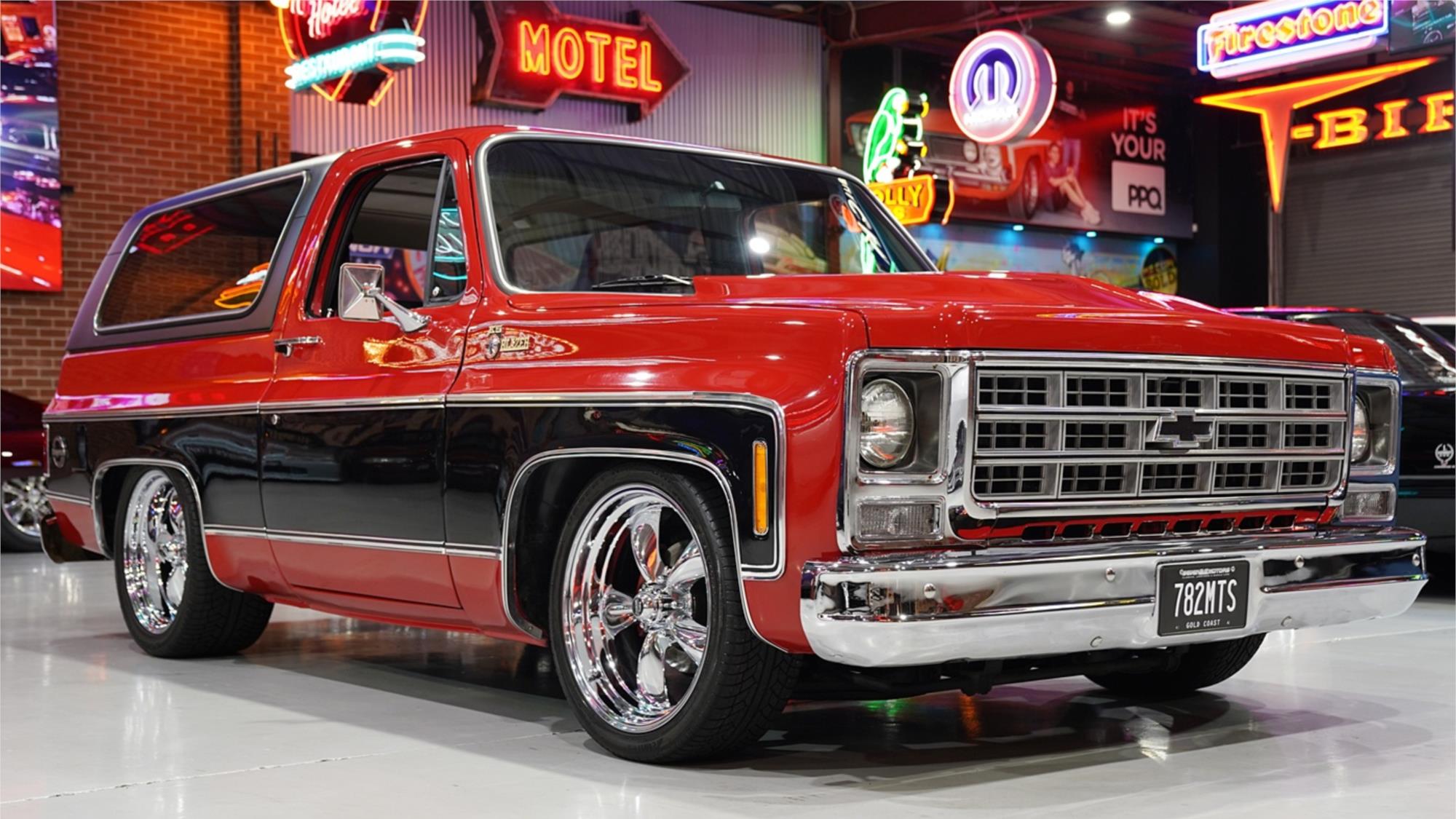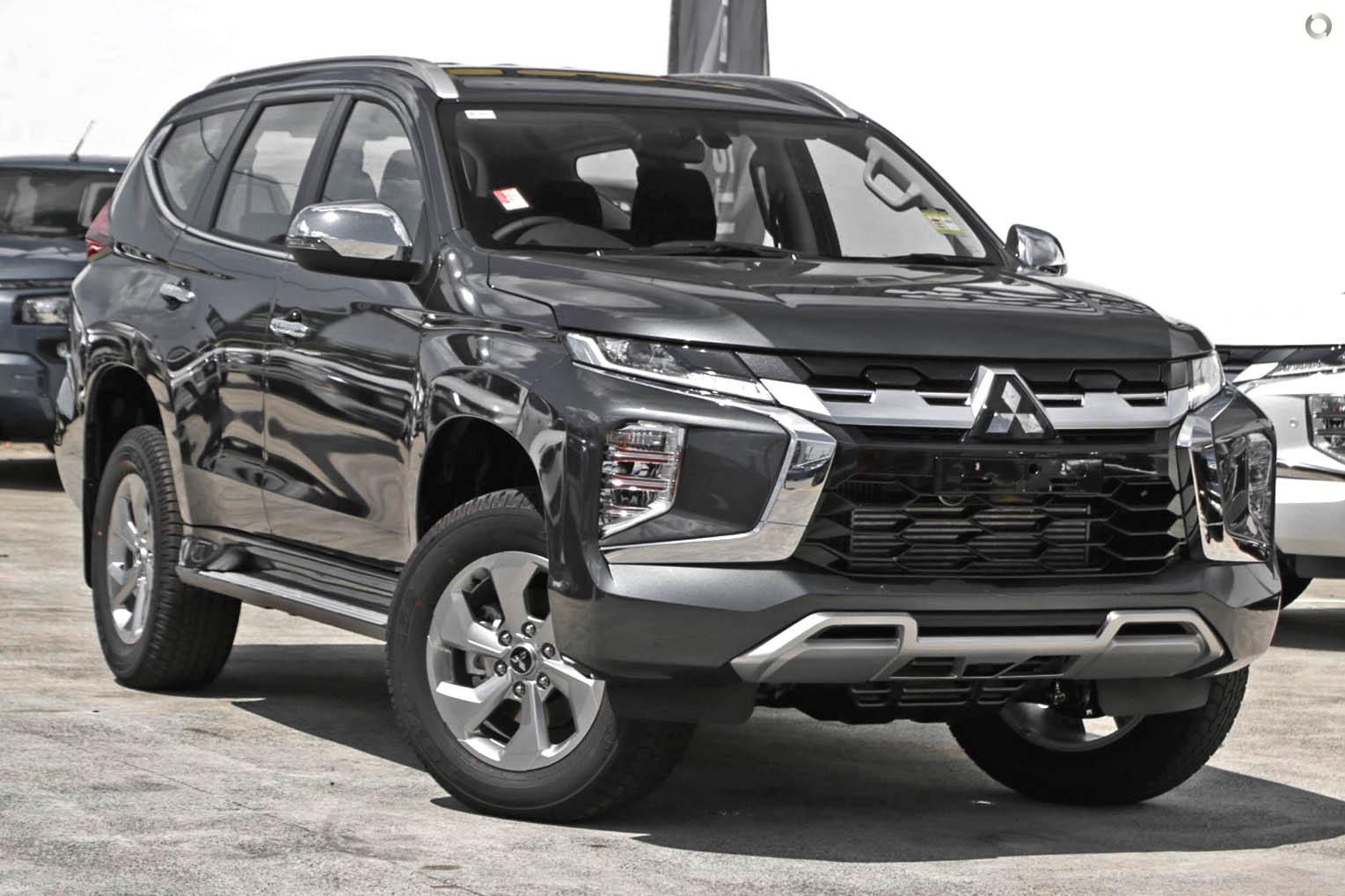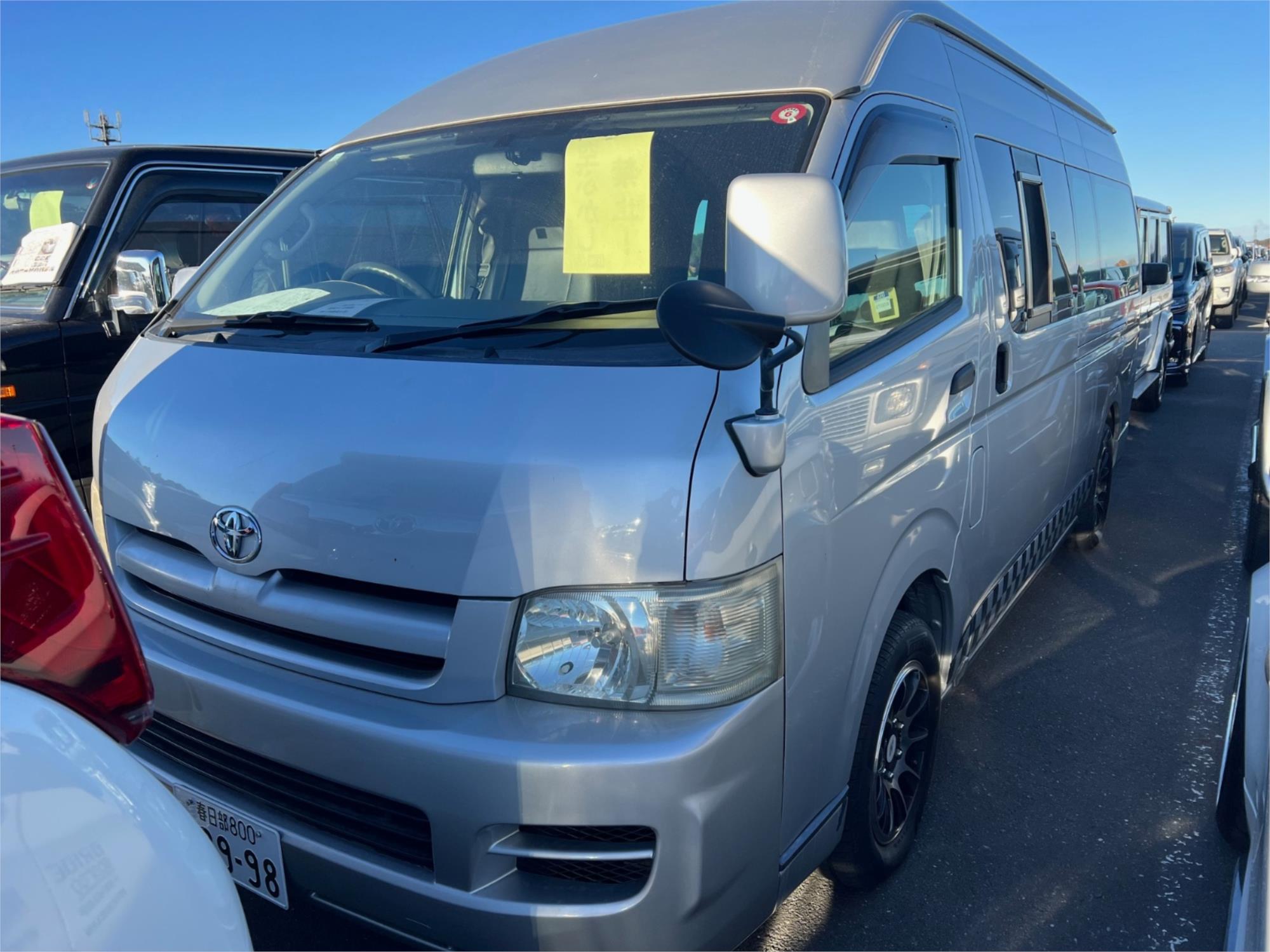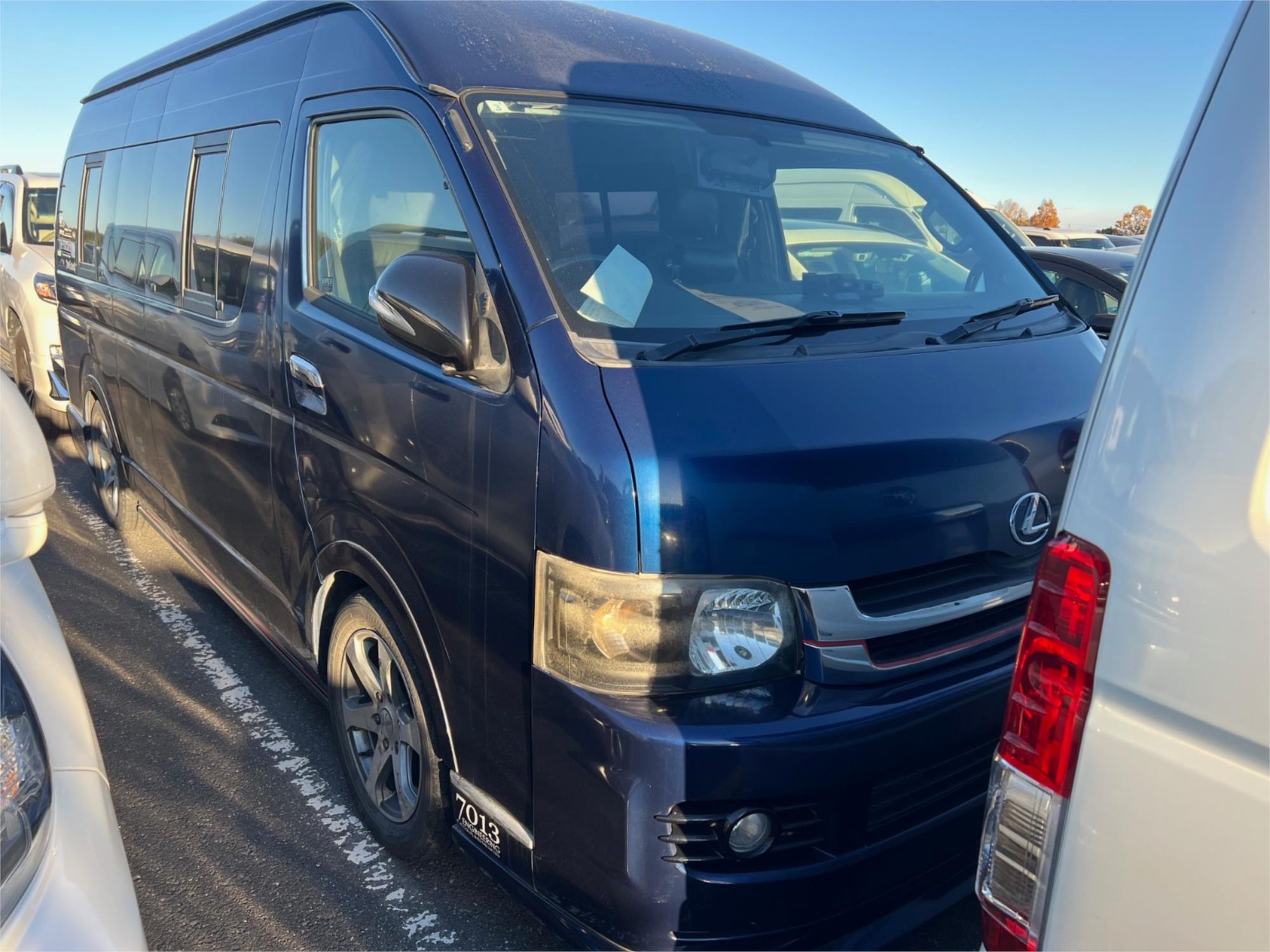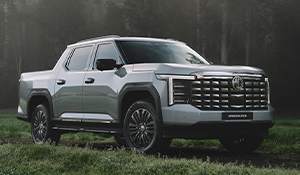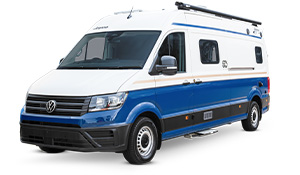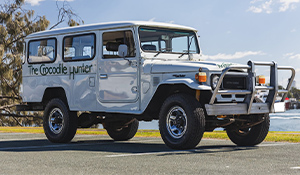X-Raid Mini to double-up at Dakar
The X-Raid Team, who secured victory at the annual Dakar Rally from 2012 to 2015 with Mini-based ALL4 Racing vehicles, will tackle next year’s 40th edition of the long distance rally with two different machines.
Aiming to reclaim outright victory in the car division from Peugeot, who won the last two Dakars, X-Raid will run the familiar AWD Mini John Cooper Works Rally car, with the new addition being a lighter, RWD buggy – X-Raid’s first - that also carries the Mini John Cooper Works tag, despite sharing little with the production cars.

“With these two cars we have the most powerful Mini family that ever raced at the Dakar Rally”, said Sebastian Mackensen, Senior Vice President of Mini, at the presentation in Paris this past November.
Mini and X-Raid will field seven machines at the 2018 Dakar: four of the Rally cars and three of the new buggies. The driver lineup will consist of the experienced Orlando Terranova, Nani Roma, Boris Garafulic and Jakub Przygonksi in the cars, while Bryce Menzies, Yazeeed Al-Rajhi and former WRC regular Mikko Hirvonen will pilot the buggies.

The dividing of resources, ie. developing two very different cars with different drive layouts, may seem contrary to efficiency, but X-Raid’s long-serving Team Manager Sven Quandt says it’s all about takin advantage of Dakar rules which favour 2WD buggies over AWD cars.
In its debut at this year’s Dakar, the best-placed Mini John Cooper Works Rally car finished sixth, which no doubt prompted X-Raid to go ahead with the buggy project.
Both of X-Raid’s Dakar contenders for 2018 are powered by BMW-based 3.0-litre six-cylinder turbo diesel engines generating 250kW of power and an impressive 800Nm of torque. The six-speed sequential shift transmission is also common to both cars and BMW-based.

The Mini John Cooper Works Buggy features a tubular steel spaceframe chassis that combines light weight with driver/passenger safety. The chassis is clad in a mix of carbon fibre reinforced plastic and Kevlar that was designed in co-operation with KLK Motorsport and Mini Design and is said to be aerodynamically optimised.
The result of input from more than 45 engineers covering X-Raid’s own team, as well as those of partners, the first buggies were completed in September and tested initially at X-Raid’s German headquarters before more exhaustive trials in Hungary and three weeks of rough terrain testing in Morocco.

These delivered what X-Raid’s Quandt says was a very positive result: “During this time the buggy never had to stop once due to a technical problem, which is really quite remarkable.”
The JCW Rally car has been tweaked for 2018, featuring reduced weight, a new chassis design and improved suspension travel.
The 40th edition of the Dakar Rally starts in Lima, Peru, on 6 January and covers almost 9,000 kms over 14 days of competition before the finish at Cordoba, Argentina, on 20 January.



